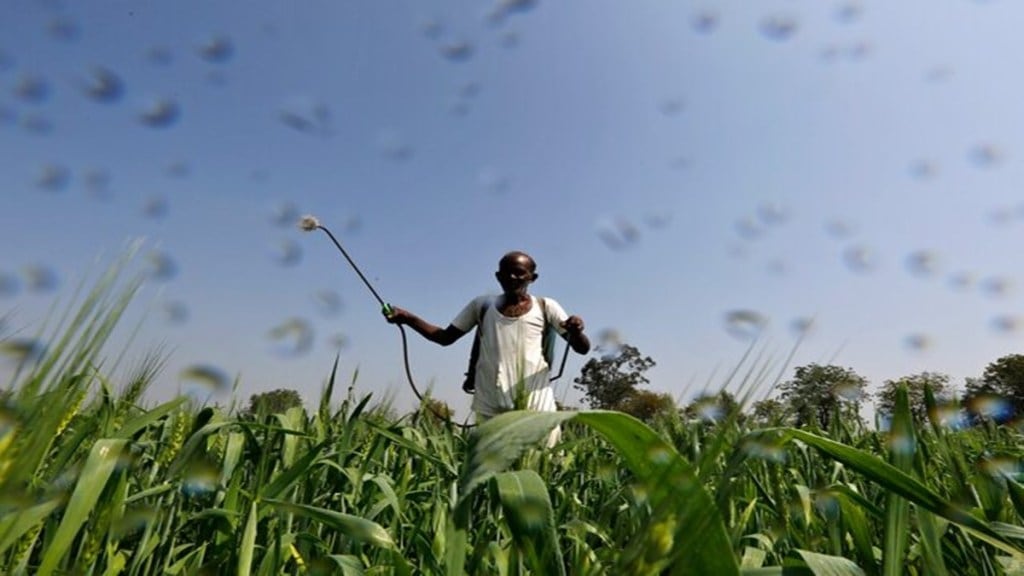Domestic complex fertiliser manufacturers are expected to post a decline of around 10 per cent on-year in operating profitability to Rs 3,200-3,300 per tonne in fiscal 2025, stated a report by CRISIL Ratings. The decline will be due to lower realisations amid higher-than-expected raw material prices, however, the report maintained, they will recover most of it next fiscal on the back of an expected softening of raw material prices.
CRISIL Ratings analysed players comprising around 45 per cent of domestic sales to release the findings. Despite volatility in profits, CRISIL Ratings said that the credit profiles will remain healthy, backed by strong balance sheets and absence of any significant subsidy buildup.
Profitability in complex fertilisers is a function of three factors – input cost, nutrient based subsidy (NBS) rates decided by the government, and retail sales prices. Given India’s significant import dependence, NBS rates are in sync with international raw material costs to keep prices stable for farmers. However, given that NBS rates are typically announced for a six-month period, there can be a lag in alignment of subsidy with the costs, especially amid the volatility in prices of imported raw material seen over the past few fiscals.
The impact of such a lag this fiscal is visible in diammonium phosphate (DAP), the second-highest selling fertiliser in India, the report said. DAP has seen around 11 per cent cut (on average) in its subsidy realisation this fiscal, with the same retail prices. Meanwhile, its input cost has remained either similar or marginally higher, leading to weak returns for manufacturers. Importers have been impacted even more, given the recent uptick in international DAP prices. This is despite government intervention via additional compensation of Rs 3,500 per tonne applicable for the first nine months of this fiscal.
Anand Kulkarni, Director, CRISIL Ratings, said, “Historically, operating profit of complex fertiliser manufacturers has been at Rs 3,500-4,000 per tonne. While returns will be subdued this fiscal, companies with substantial backward integration will be less impacted due to relative cost advantage via in-house production of phosphoric acid. Meanwhile, to offset, manufacturers have prioritised production of NPK (nitrogen phosphorous potassium) – fungible with DAP – which saw better returns due to higher pricing flexibility. Next fiscal, overall profitability should normalise with expected softening of key raw material prices, led by improved global supply.”
CRISIL said that an expected reduction in gas prices should lower ammonia prices, while lifting of export restrictions in key supplier markets should ease imported DAP and rock phosphate prices going forward.
Despite the inherent volatility, steady-state profitability will be supported by timely government intervention, with the NBS policy outlining reasonable returns for manufacturers. Moreover, strong balance sheets and adequate budgetary allocation towards subsidy vis-à-vis requirements will cushion financial risk profiles.
Nitin Bansal, Associate Director, CRISIL Ratings, said, “For entities rated by CRISIL Ratings, net leverage, as measured by the ratio of net debt to earnings before interest, taxes, depreciation and amortisation, is projected at ~1.35 times this fiscal, in line with last fiscal. Adequate subsidy allocation against reduced subsidy requirement amid lower NBS rates, track record of timely subsidy disbursement and no significant expansion plans will support balance sheets.”
Per the report, any increase in input cost, ability of the manufacturers to take commensurate price hikes, or any additional government support to protect profitability will bear watching.

